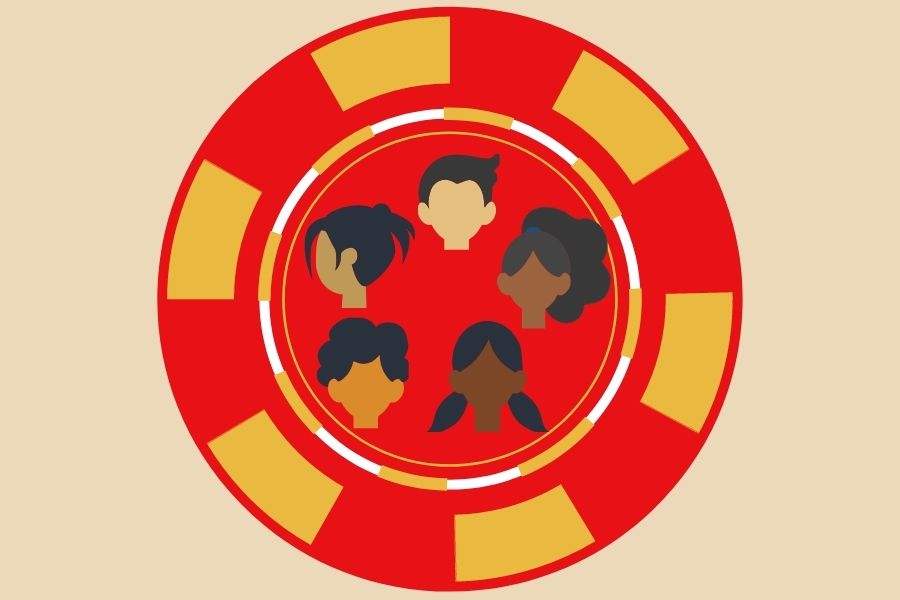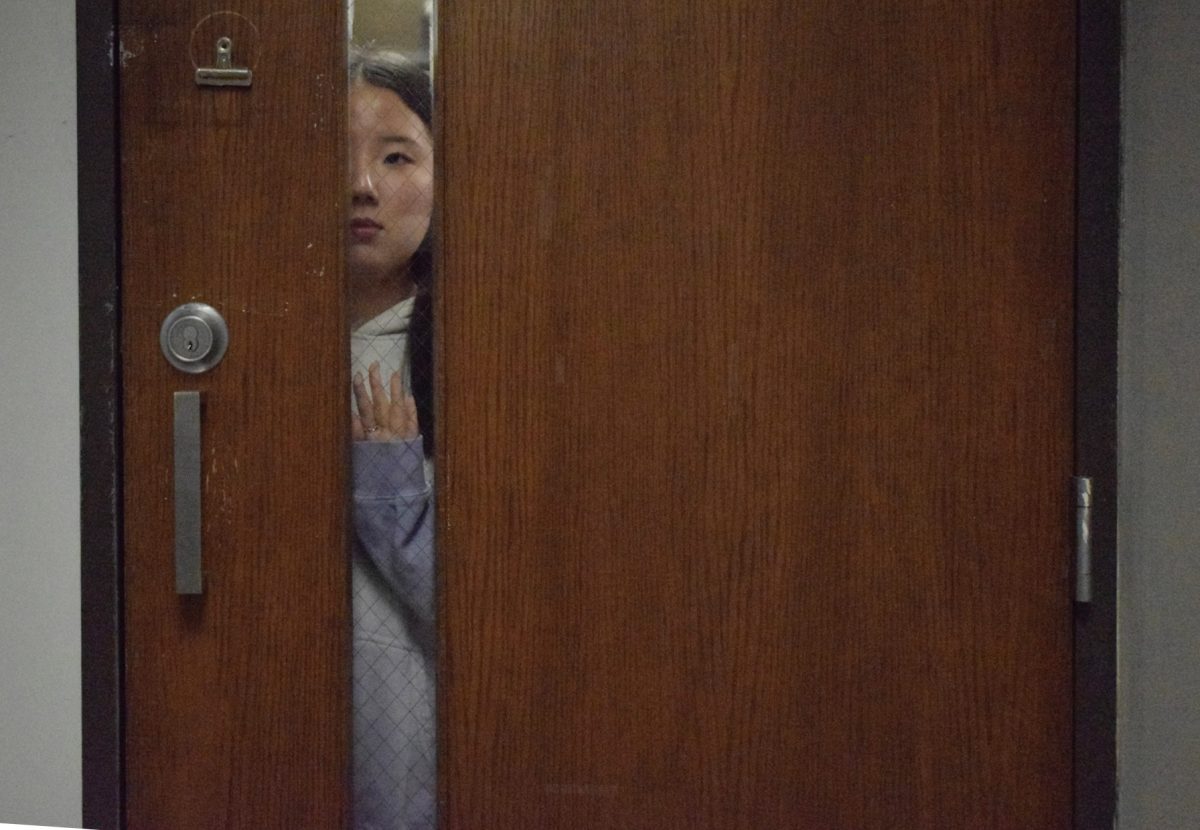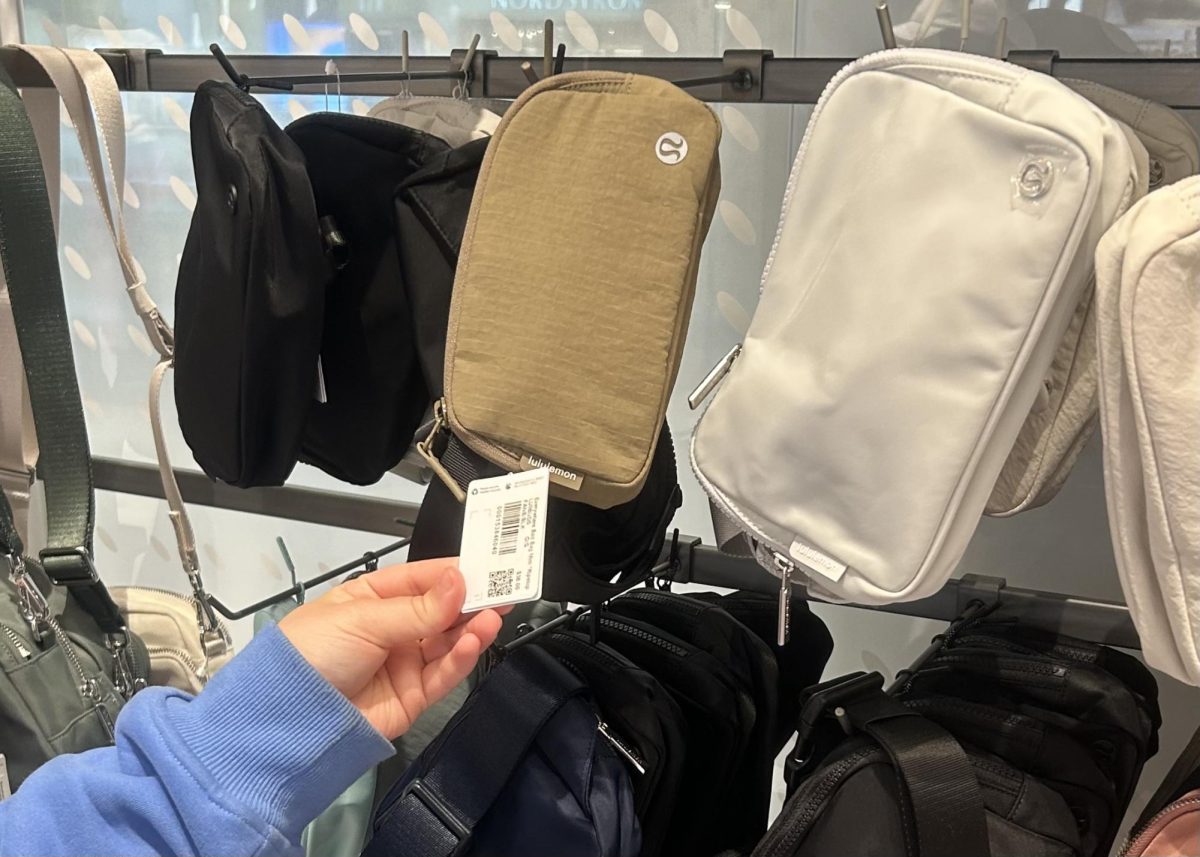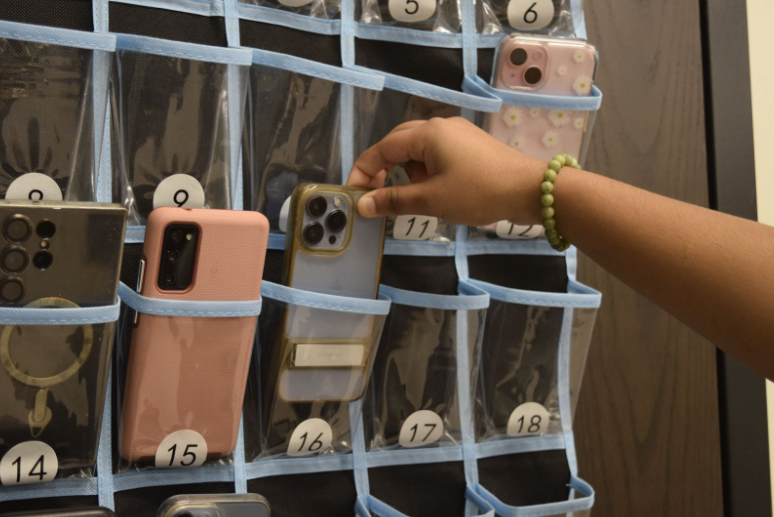As the Black Lives Matter movement continues to have a profound effect on the way we think about representation, we have taken it upon ourselves to “increase diversity.”
We read the word “diversity” and think we are addressing it by including a person of color or two in our promotional pictures, our councils and committees, our executive boards. We think we make an effort when we ask people of color to share their experiences simply because they are a person of color, and not because they are an individual with unique experiences. This is tokenism, and we’re seeing in politics, the industry and within our own community. This is lumping individuals together within a single person of color category.
A very fine line exists between tokenism and representation, but it makes a world of difference. This line is defined by how the person of color feels in their environment, and this depends on how we perceive people of color. Are we treating people of color like minorities, to help “mirror the diversity in our community,” or are we treating them like individuals who have unique perspectives to bring to the table, who need to be heard not solely because of their race or ethnicity, but because they are their own person?
Singling out minorities can actually make someone feel excluded more than appreciated. They might start to feel like they don’t fit in with a “majority” when they didn’t notice any problems before; by grouping people together solely because they are different from a majority, you are simply reinforcing that the majority is “normal” or how society originally existed, and that the person of a minority is not part of that. This means that asking people of color to speak on their experiences as people of color or be a part of a group simply because they are a person of color creates an us versus them mentality, even though these efforts are attempted to bring people together. This results in otherization, alienation and an overall segregated community.
At school, we have a program called Global Cohort, which operates with the goal of increasing cultural awareness and helping our community become global citizens. When I was invited to participate, I originally felt a little weird, because I had never expressed any race-related challenges I faced or any interest in raising cultural awareness. I decided to try it out and the topic of discussion of the first meeting was the challenges we face as minorities or people of color. I felt so out of place. I hadn’t experienced any obstacles because of my race or my ethnicity, so I felt removed from being a minority. But I had been invited to participate in this group, so I felt removed from the majority as well. I just felt like an outsider all around.
Offering a platform to those who want to speak can be a huge drive toward change. I remember walking into my first hour class one late start Wednesday and my teacher was sitting there with a very distinct expression, a mixture of awe, enthusiasm and quiet pondering. Throughout my day, I caught snippets of various teachers discussing junior Santi Lugo’s speech during their late start workshop and how it changed their perspective on how diversity fits into the everyday classroom. He talked about fostering curiosity and how people only know what they know. He talked about celebrating uniqueness and creating environments where we address differences instead of ignoring them. He talked about educating students as citizens of the world and providing exposure to multiple perspectives so we can refrain from buying into a single story.
Global Cohort is making great strides in representation and cultural awareness. They provided an opportunity for Lugo to give a speech that initiated constructive conversation and introduced people to a new perspective. It is such a positive program, with the best of intentions, and still I felt alienated. It might have just been my mindset during that point in my life, but I just didn’t feel right for a while afterward.
If I hadn’t been asked, if I hadn’t felt like I was on the outside of both of these “groups” for a while, I probably would not be writing this article right now. I probably would never have begun to seek out materials about the topic and I probably would still live in a bubble of pretending everything is fine. So while those feelings were not enjoyable, I’m thankful for them as well.
I hope they serve as a reminder that while conversations around diversity, equity and cultural awareness might be difficult to navigate, just pay attention to everything the person has to share expecting the person to share just about their race.
I want to remind you that diversity issues are not the same as equity issues. Simply treating everyone as a person doesn’t work when there is racism embedded in our country and our institutions. Black, Indigenous, People of Color (BIPOC) and other systematically oppressed groups deserve immediate and urgent support and equity.
We can not just ignore race, and go colorblind. Race and our ethnicity, cornerstones of our human identity, can enhance our experiences when it doesn’t negatively impact people in a way they can’t control. Affirmative action and other initiatives cater to serious socioeconomic concerns and address equity issues that specific groups face. Efforts to appreciate diversity, on the other hand, more closely align with how we interact with and understand different people and different experiences. Both are necessary, but they are not the same.
There is no easy, one-stop solution to systemic racism or the perpetuation of monocultures. We can not just reflect the racial demographics of the country in a company’s line of vice presidents or a college’s student body and call it a day. The panacea is creating an open and welcoming society, a society that respects every person.
We can take steps toward this ideal society. We can create a welcoming space that celebrates our differences, in classrooms, club meetings, practices and even in your own home. Ask questions. Ask silly icebreakers like “would you rather rake leaves or vacuum for four hours a day for the rest of your life?” Ask more serious questions like “who is a person whose life’s work inspires you?” If you get to know someone well enough, ask more personal questions like “what scares you most about America today, and what makes you proud?” Make sure you listen to the answers, instead of just hearing them.
When we want to foster diversity, we should be encouraging individuality, not parading under tokenism. We should be listening to all voices and making sure all views are valued. We should be showing compassion, humility and honesty. We should create open conversations. We should be open to making mistakes and learning from them, because that’s the only way we can learn, together.




![Senior Dhiya Prasanna examines a bottle of Tylenol. Prasanna has observed data in science labs and in real life. “[I] advise the public not to just look or search for information that supports your argument, but search for information that doesn't support it,” Prasanna said.](https://pwestpathfinder.com/wp-content/uploads/2025/10/DSC_0073-2-1200x800.jpg)
![Junior Fiona Dye lifts weights in Strength and Conditioning. Now that the Trump administration has instituted policies such as AI deregulation, tariffs and university funding freezes, women may have to work twice as hard to get half as far. "[Trump] wants America to be more divided; he wants to inspire hatred in people,” feminist club member and junior Clara Lazarini said.](https://pwestpathfinder.com/wp-content/uploads/2025/05/Flag.png)
![As the Trump administration cracks down on immigration, it scapegoats many immigrants for the United States’ plights, precipitating a possible genocide. Sophomore Annabella Whiteley moved from the United Kingdom when she was eight. “It’s pretty scary because I’m on a visa. When my visa expires next year, I’m not sure what’s going to happen, especially with [immigration] policies up in the air, so it is a concern for my family,” Whiteley said.](https://pwestpathfinder.com/wp-content/uploads/2025/05/DSC_0077-7copy.jpg)
![Shifting global trade, President Donald Trump’s tariffs are raising concerns about economic stability for the U.S. and other countries alike. “[The tariffs are] going to pose a distinct challenge to the U.S. economy and a challenge to the global economy on the whole because it's going to greatly upset who trades with who and where resources and products are going to come from,” social studies teacher Melvin Trotier said.](https://pwestpathfinder.com/wp-content/uploads/2025/05/MDB_3456-1200x800.jpg)



![Some of the most deadly instances of gun violence have occurred in schools, communities and other ‘safe spaces’ for students. These uncontrolled settings give way to the need for gun regulation, including background and mental health checks. “Gun control comes about with more laws, but there are a lot of guns out there that people could obtain illegally. What is a solution that would get the illegal guns off the street? We have yet to find [one],” social studies teacher Nancy Sachtlaben said.](https://pwestpathfinder.com/wp-content/uploads/2025/01/DSC_5122-1200x800.jpg)


